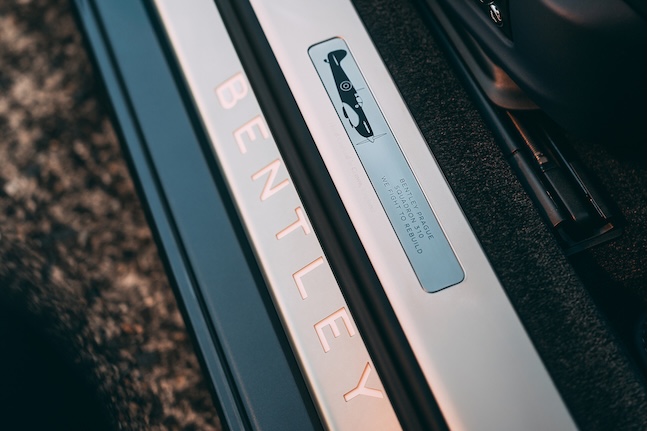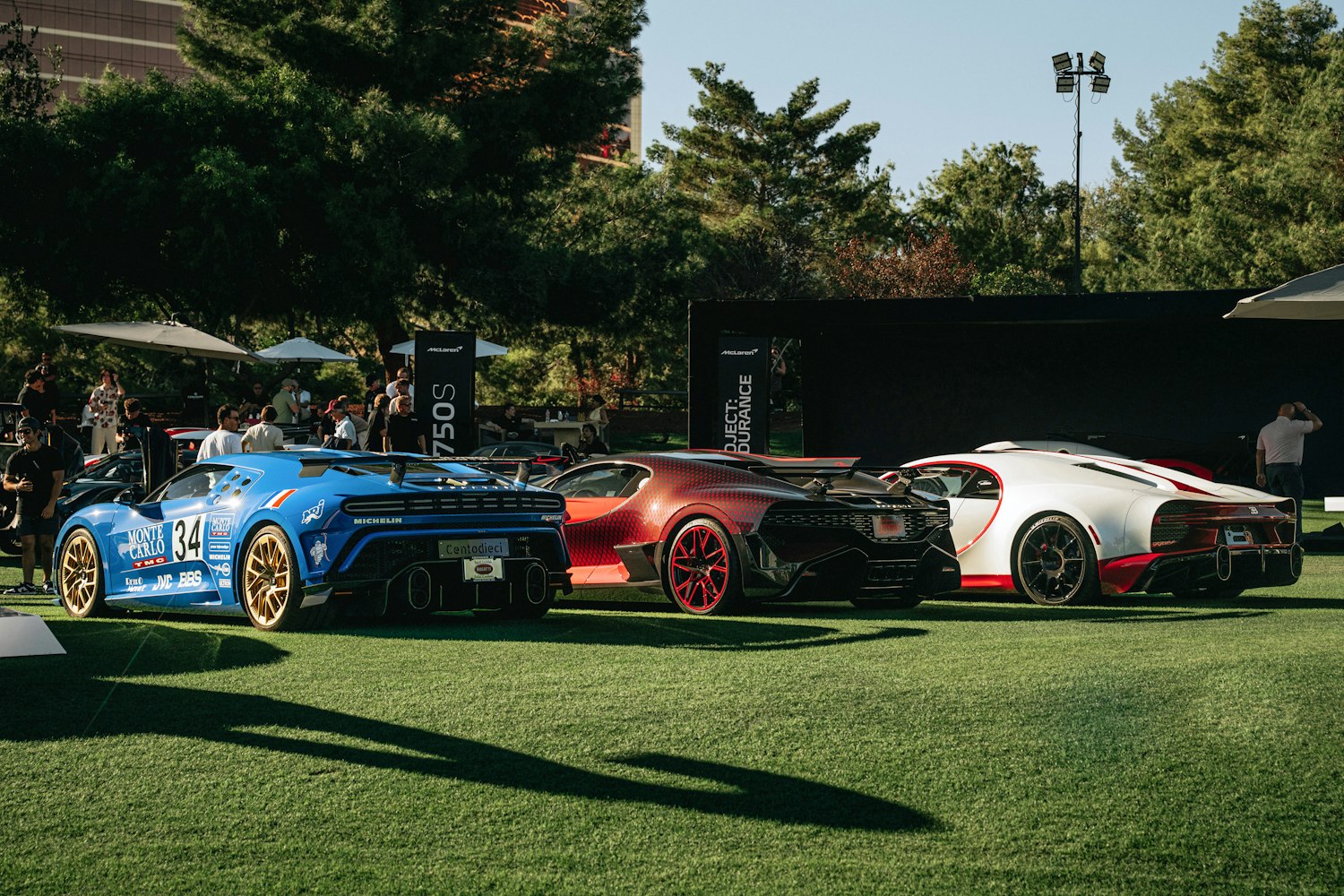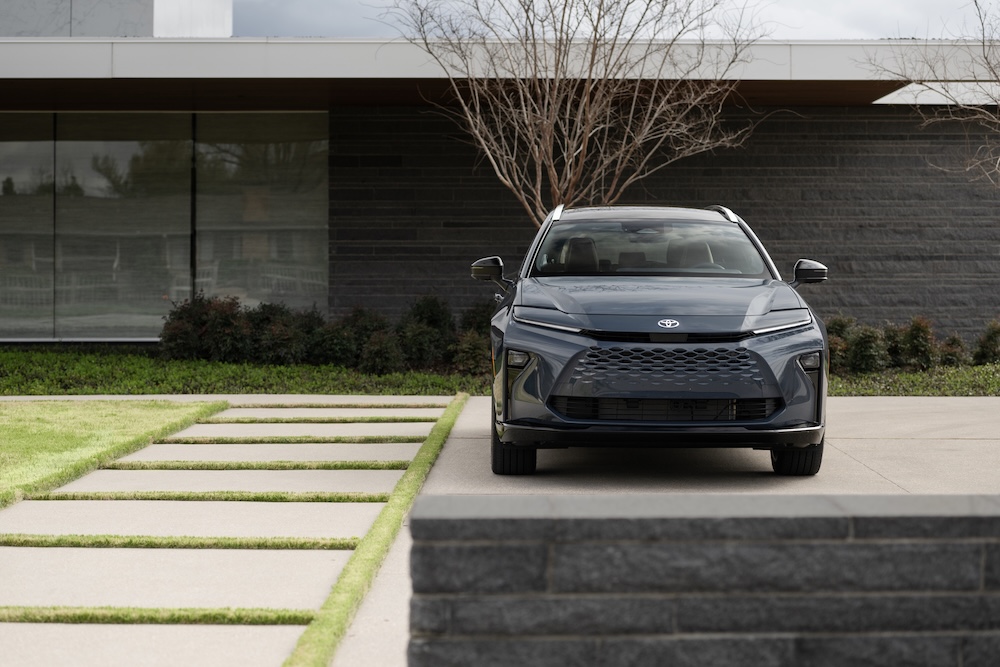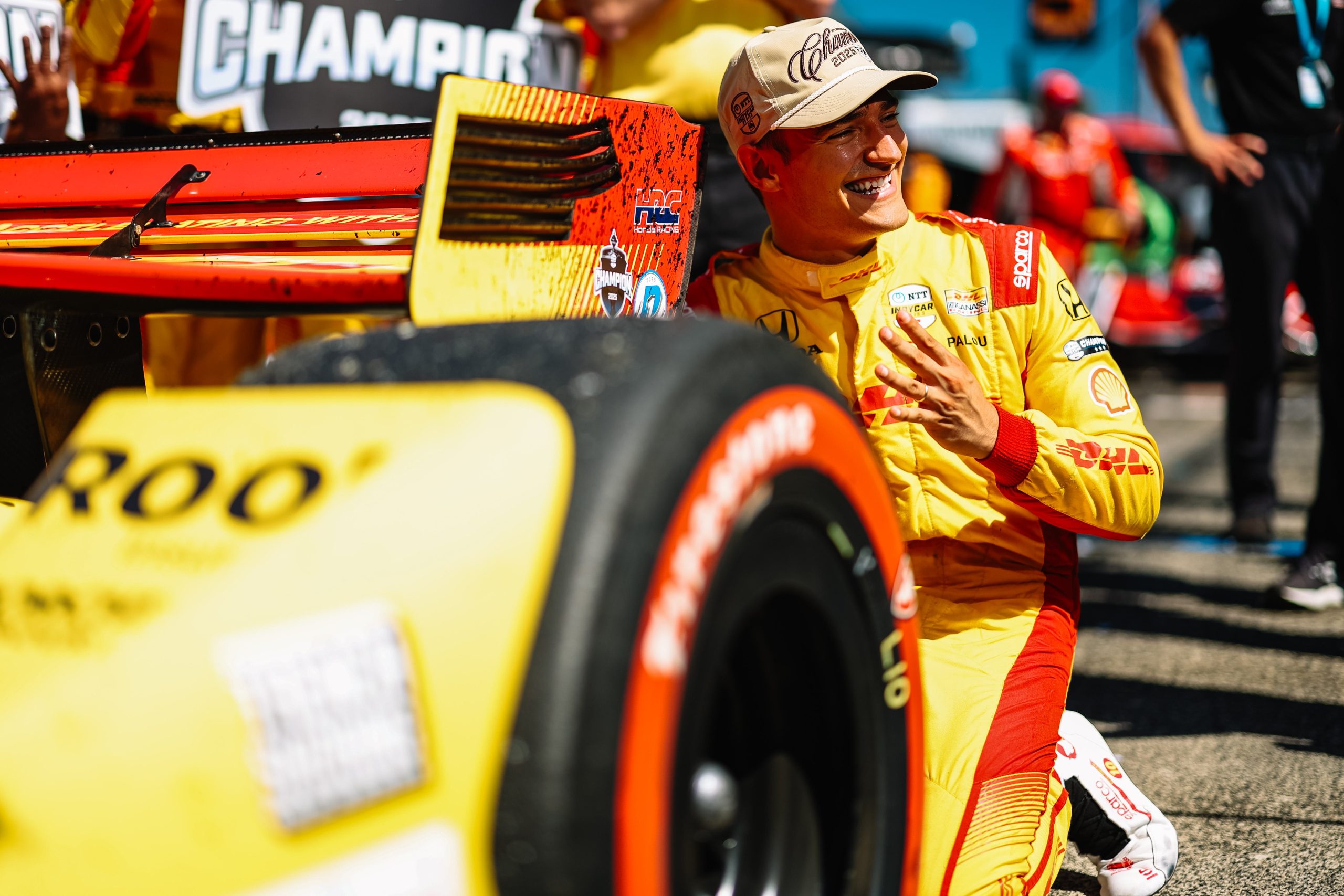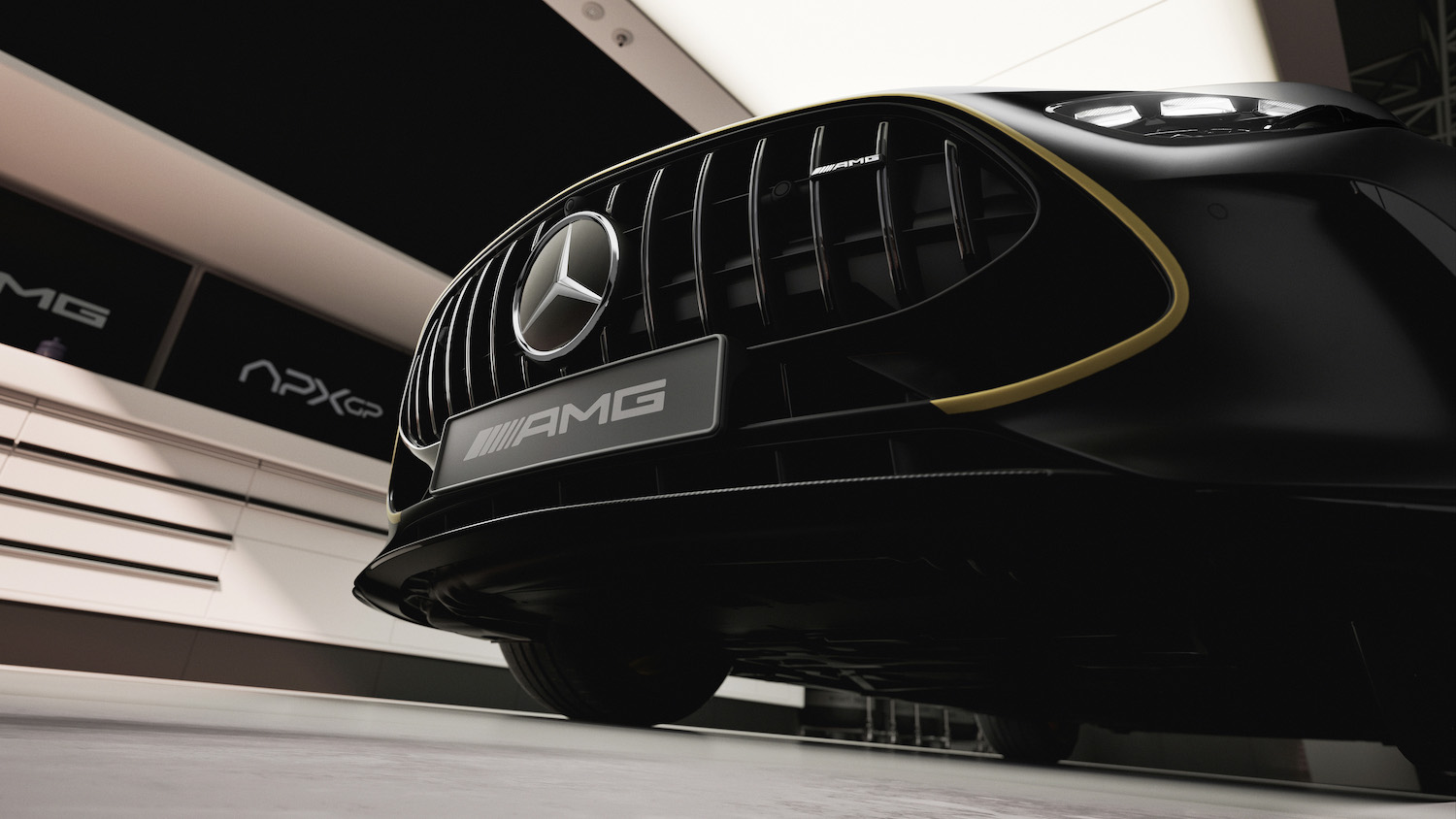Understanding ‘Balance of Performance’ in WEC: A Crucial Aspect Ahead of Le Mans
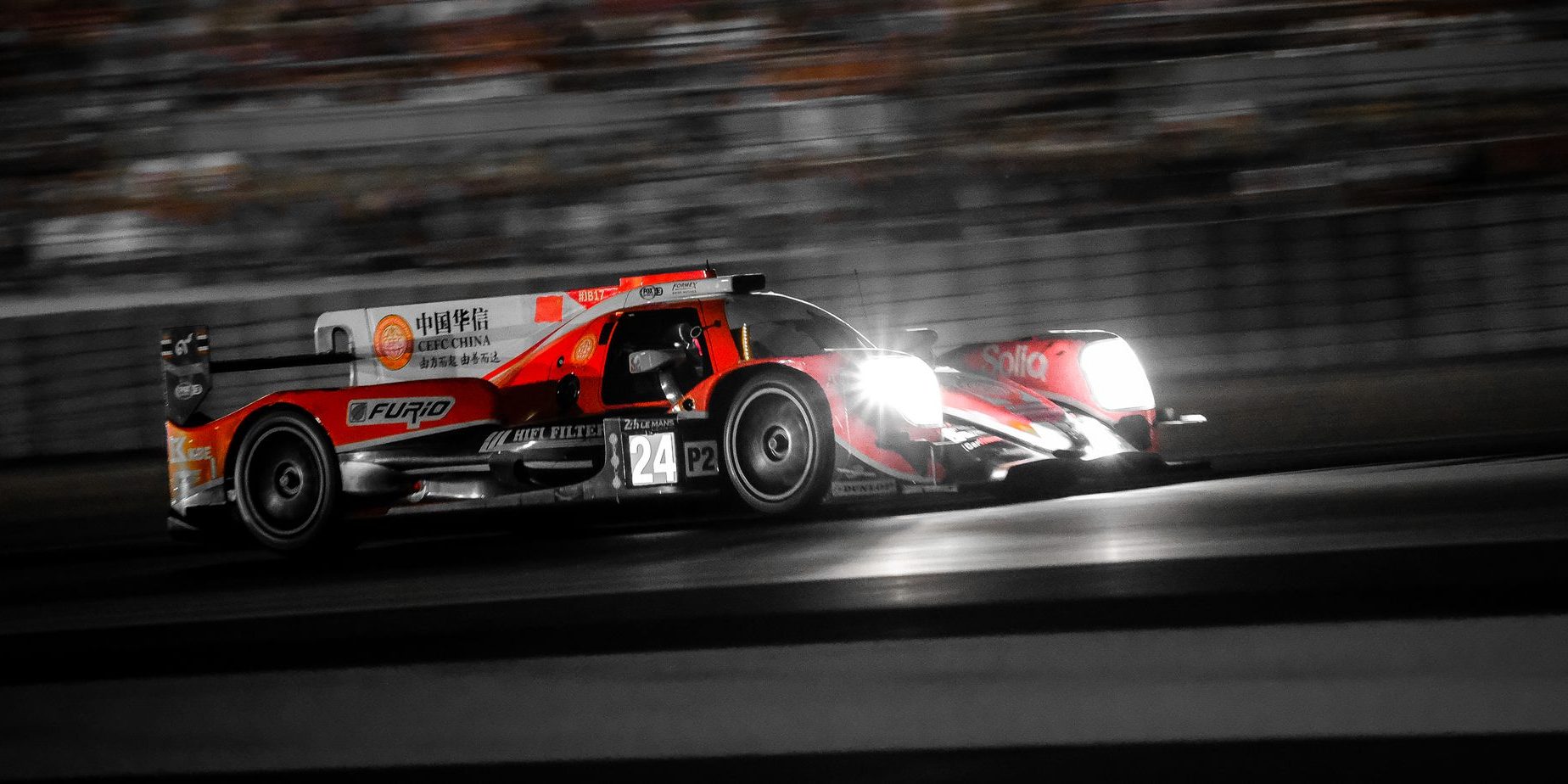
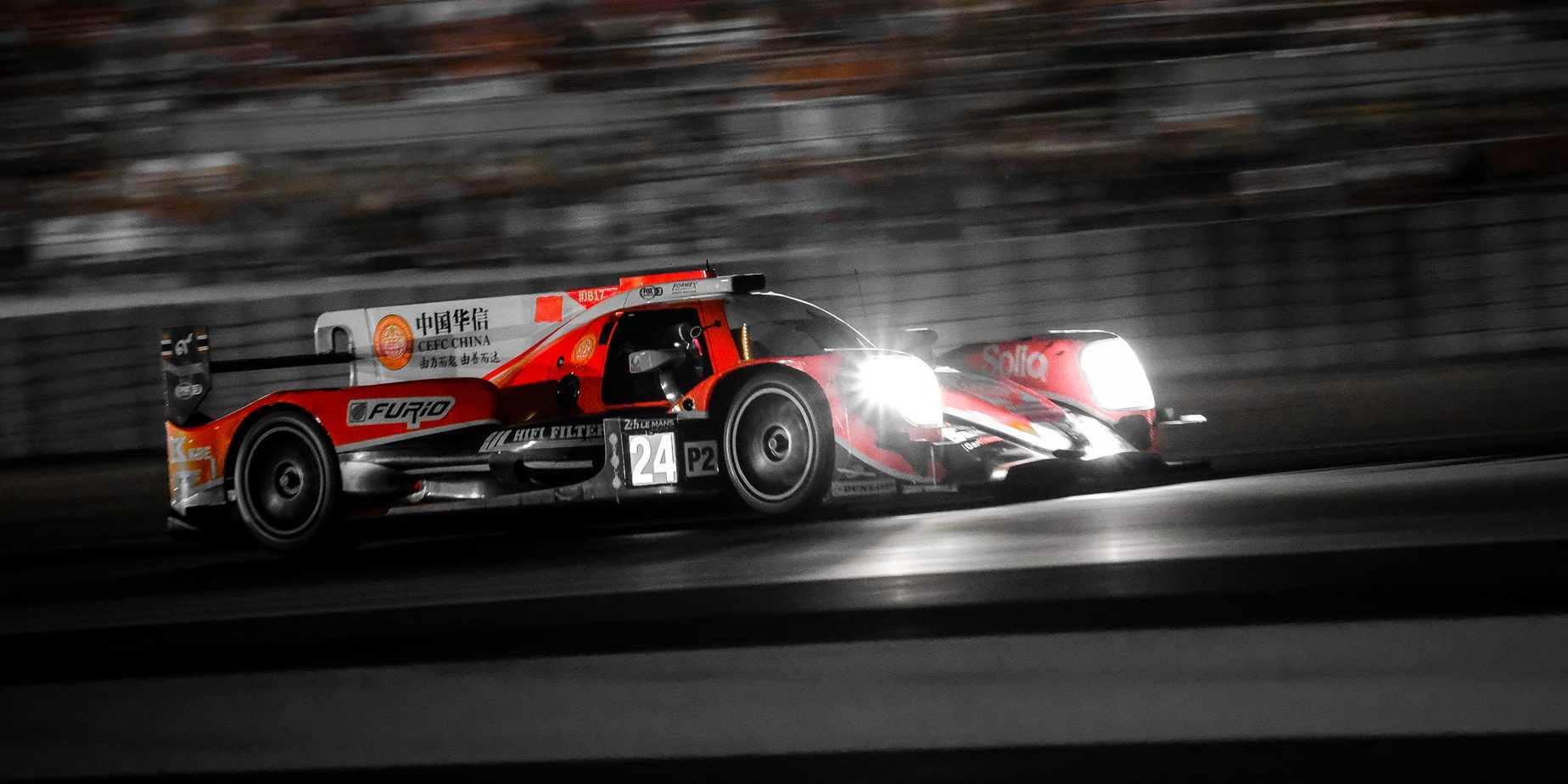
Balance of Performance (BoP) is a fundamental component of the Hypercar and LMGT3 regulations in the FIA World Endurance Championship (WEC). This series of technical adjustments, primarily affecting weight and power, is designed to create a level playing field among cars of different designs and architectures. As we approach this year’s 24 Hours of Le Mans, here’s an in-depth look at how BoP works and its significance.
BoP is intended to ensure a similar level of performance across all cars, significantly reducing development costs. All manufacturers on the grid have agreed to these principles before entering the WEC and the 24 Hours of Le Mans. BoP has played a vital role in creating highly competitive grids, with 14 manufacturers represented in 2024.
The goal of BoP is to balance the performance potential of the cars, assuming each vehicle is being used to its fullest capacity. It is not meant to eliminate performance gaps between two cars from the same manufacturer or to help an underperforming competitor close the gap entirely on their rivals. Operational performance factors such as tire management, driver skill, pit times, and racing strategy remain decisive and are key components of overall performance.
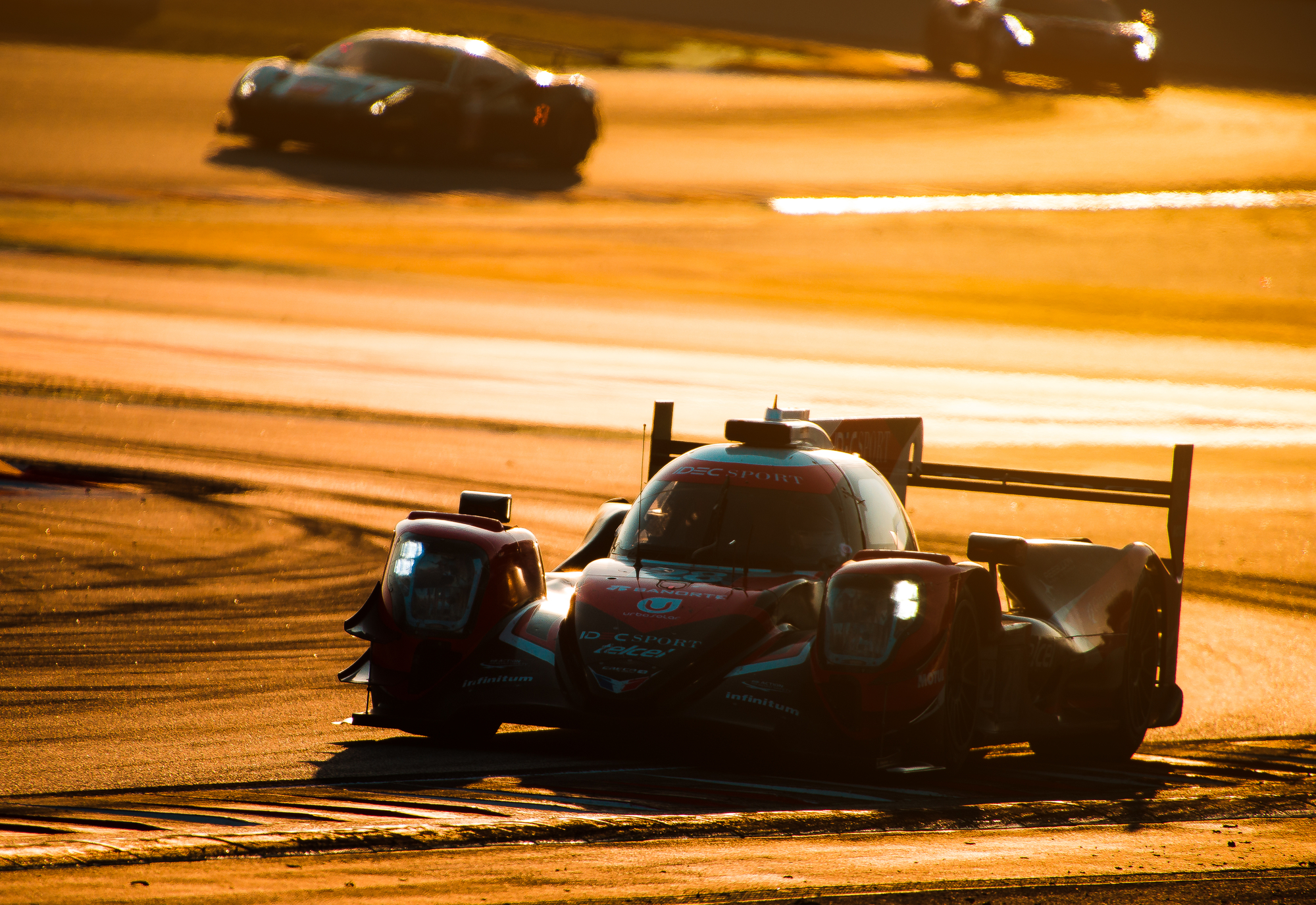
How Does Balance of Performance Work?
BoP is established collaboratively by the FIA and the ACO, working closely with various manufacturers. It draws on data measured during the cars’ homologation process and each manufacturer’s individual performance recorded on the racetrack through various sensors and indicators.
For Hypercar Class
- Homologation Parameters: The first step involves balancing the “homologation parameters” – the technical characteristics observed during homologation when cars are inspected, measured, and examined in a wind tunnel. The aerodynamic performance window for Hypercar homologation is very narrow, resulting in minimal differences between cars at this stage.
- Platform Equivalence: The second step addresses the two different technical rulebooks governing the Hypercar class: Le Mans Daytona h (LMDh) regulations, which use common parts, and Le Mans Hypercar (LMH) regulations, offering manufacturers more freedom. Performance adjustments are made to ensure parity between these platforms based on the performance levels of the best LMDh and LMH cars.
- Manufacturer Compensation: The final step considers the individual performance of each manufacturer based on in-race data. Manufacturer compensations are used sparingly and only when the data is sufficiently robust, which takes several races.
For LMGT3 Class
The process is identical, except there is no “platform equivalence” as all cars are built to the same technical regulations. A weight handicap, based on championship standings, is added at each race, except for the 24 Hours of Le Mans.
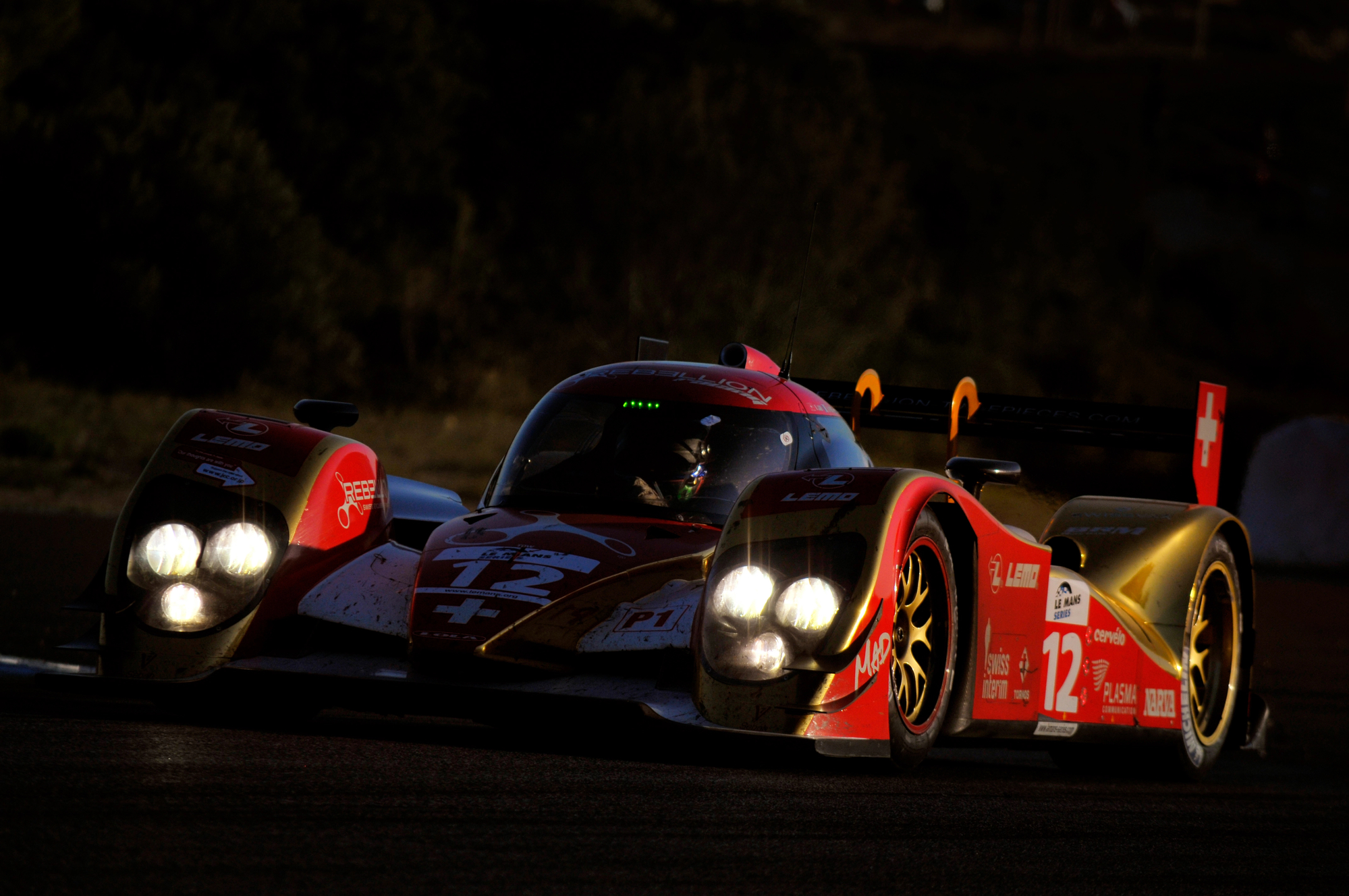
Balance of Performance for This Year’s Le Mans
The BoP for the 24 Hours of Le Mans differs in that it considers data from the previous year’s race, meaning there is not always a direct link to the BoP published for other races like the 6 Hours of Spa-Francorchamps.
For 2024, the analyses conducted by the FIA and the ACO and the restrictive nature of the applicable technical regulations have resulted in minimal BoP adjustments. Only “homologation parameters” have been corrected based on measured data. Weight and power adjustments have been adapted to the Le Mans circuit, but no platform equivalence or manufacturer compensation have been applied. This approach ensures that the merits of each constructor are evaluated fairly.
Additionally, a purely technical measure has been introduced: power differentiation at low and high speeds. This modulates the power delivered above 250 kph to balance peak speeds without excessive adjustments to weight or power, ensuring more balanced performance.
As the 24 Hours of Le Mans approaches, the implementation of BoP will play a critical role in maintaining competitive racing while ensuring that the best operational strategies and driver skills can shine through.

